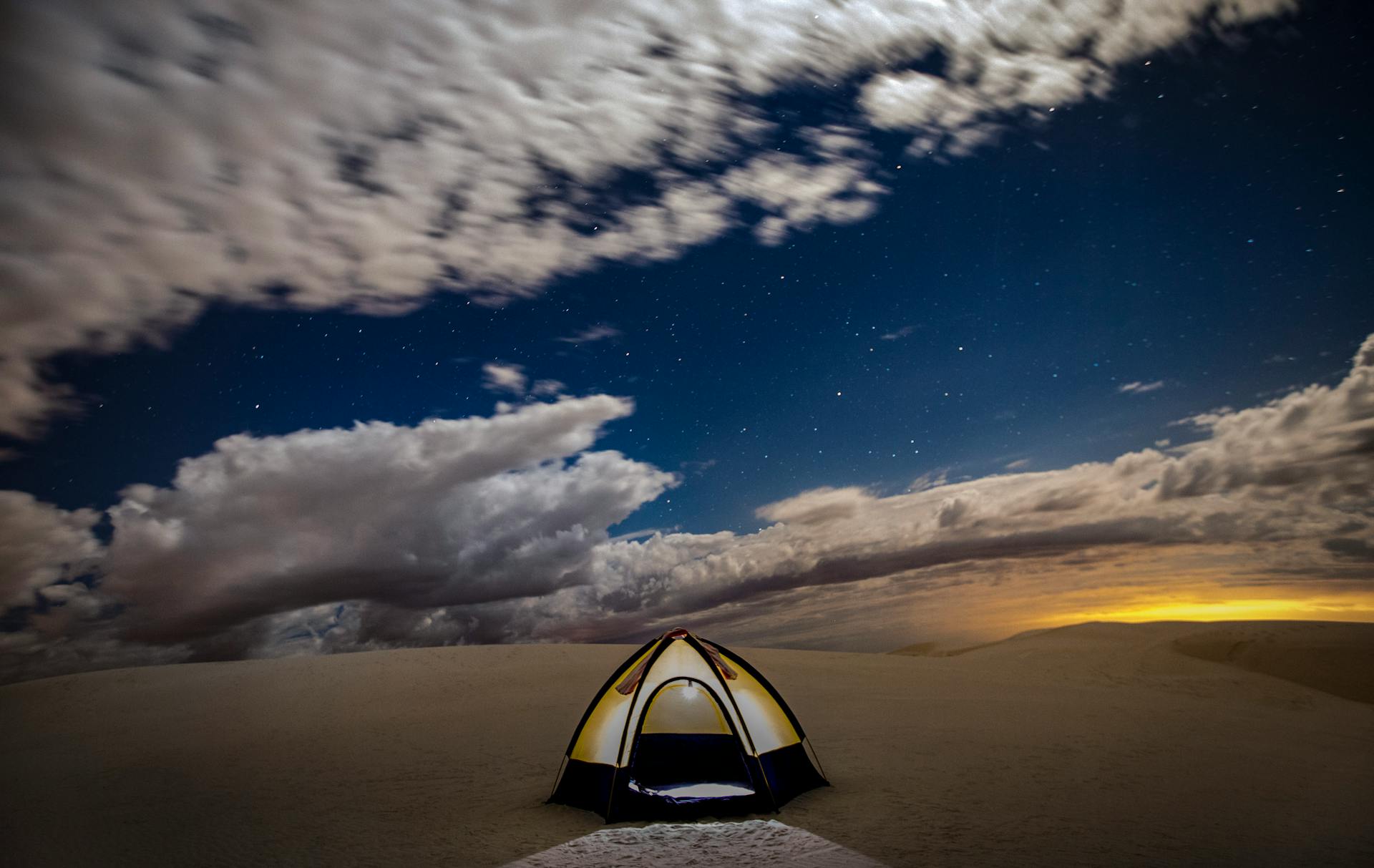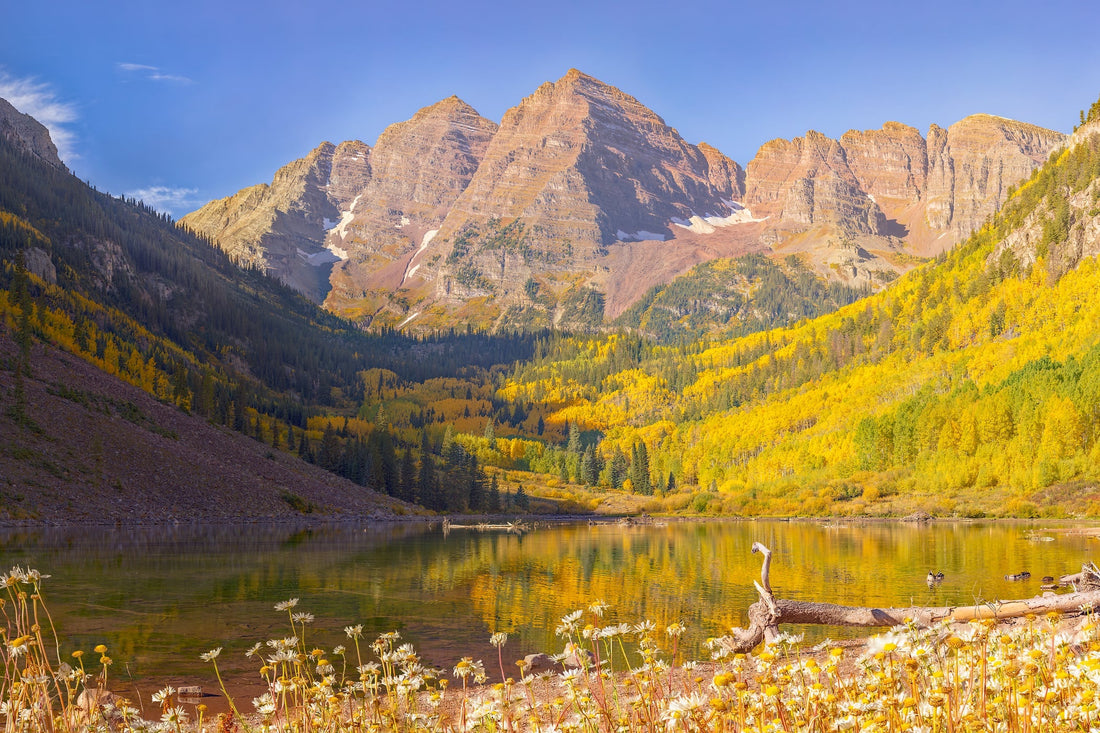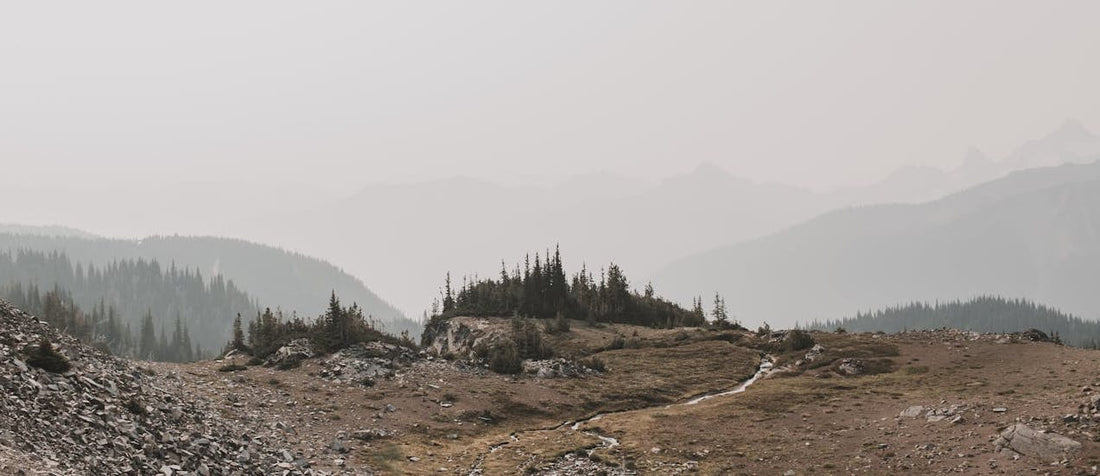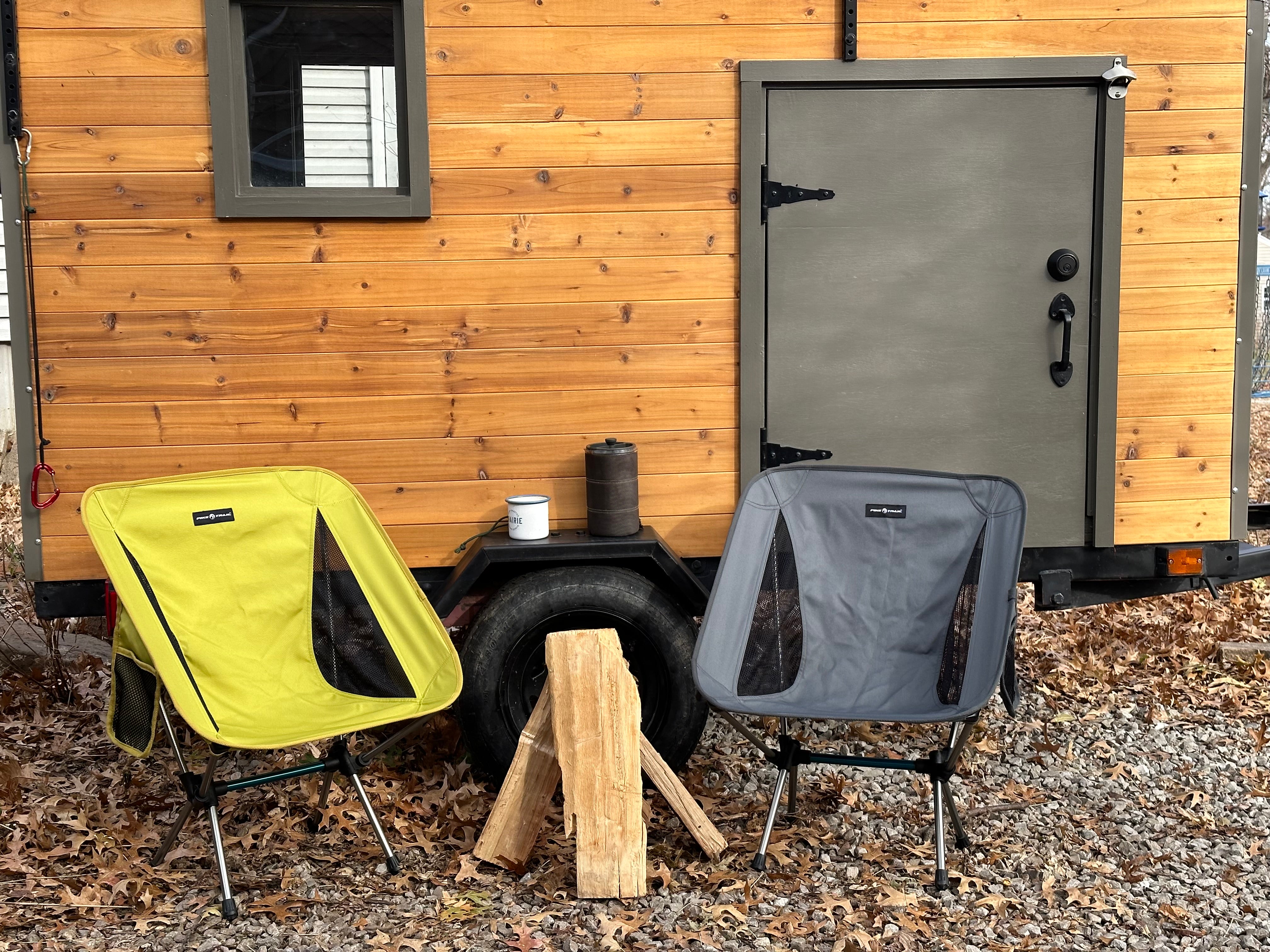Photo by Stephen Leonardi: https://www.pexels.com/photo/tent-in-the-desert-at-dusk-17117922/
Backpacking through deserts like the Sonoran or Mojave is a transformative experience, but taking on these iconic landscapes during the off-season presents unique challenges. While the more popular spring and fall bring pleasant temperatures and crowds, backpacking in the off-season—whether that’s summer or winter—requires special preparation. Here's what you need to know to make your off-season desert adventure safe, comfortable, and unforgettable.
1. Timing and Weather Considerations
Summer Heat in the Desert
During summer, deserts can easily reach temperatures over 100°F (37°C), making dehydration and heatstroke serious risks. However, you can still backpack safely by adjusting your schedule. The best strategy is to hike during early mornings or late afternoons and set up camp during peak heat hours (10 a.m. to 4 p.m.). Opt for shaded locations or use tarps and sun shelters during midday breaks.
Winter Desert Backpacking
Winter in the desert might seem more inviting, but it brings its own set of challenges. Freezing nighttime temperatures, especially in higher elevations of the Mojave, mean you need to pack layers and suitable sleeping gear to stay warm. The stark temperature changes from day to night can be jarring, so plan your clothing and gear accordingly.
2. Essential Gear for Off-Season Desert Travel
Whether braving the scorching summer heat or the cold winter nights, packing the right gear is crucial. Here are the essentials:
Summer Gear:
- Lightweight, Breathable Clothing: Moisture-wicking fabrics help you stay cool and dry during the day. Long-sleeve shirts and wide-brimmed hats protect against sunburn.
- Sun Protection: High-SPF sunscreen, sunglasses, and lip balm with SPF are essential to prevent burns in the strong desert sun.
- Cooling Gear: A bandana soaked in water or a cooling towel can help regulate your body temperature on hot hikes.
- Ample Water and Hydration System: You’ll need to carry significantly more water than usual, so ensure you have at least 4-6 liters per person, per day. Invest in a good hydration system, such as a bladder or collapsible water bottles, to make it easier to sip frequently.
Winter Gear:
- Warm Layers: Think wool or synthetic layers to keep you warm in cold nights and chilly mornings. A high-quality down jacket and thermal underwear are great additions.
- Cold Weather Sleeping Bag: A sleeping bag rated for sub-freezing temperatures will help keep you comfortable through the desert's cold nights.
- Sleeping Bag Liner: As an extra layer of warmth and comfort, sleeping bag liners are a great lightweight addition to a sub-freezing sleeping bag.
- Portable Heater (Optional): If you plan to camp for long periods, a portable heater can help make cold evenings and mornings more tolerable.
Year-Round Gear:
- Snake Leg Gaiters: When in the desert, protection on your lower legs from snakes and cacti is paramount to having a safe and enjoyable adventure.
- Trekking Poles: Trekking poles can help carry your load further. With extra gear during this season, a little help with walking and stability can go a long way.
3. Water: The Lifeblood of Desert Backpacking
In the off-season, finding water in the desert becomes even more challenging. Many natural sources, such as springs, may dry up in summer or freeze over in winter. It's vital to carry enough water and have a plan for replenishment. Some strategies include:
- Cache Water: On longer trips, plan ahead and cache water at specific locations along your route, if accessible.
- Know Where Water Sources Are: Do thorough research ahead of time to identify any reliable water sources along your route. Carry a map or GPS device that marks water stations or natural sources.
- Invest in a Water Filter: If you know of potential water sources like rivers or springs, be sure to carry a reliable water filter or purification tablets.
4. Navigation: Don’t Rely on Trails Alone
The desert can be disorienting, with miles of similar-looking terrain. Off-season means fewer hikers, so trails might not be well-marked or even visible at times. Here are some ways to stay on course:
- GPS Device: Bring a GPS device with offline maps that you can use even when there's no signal. Apps like Gaia GPS or AllTrails can be lifesavers.
- Physical Maps and Compass: Always carry a physical map of the area and a compass as a backup in case your electronics fail. Be sure you know how to navigate with them.
- Pre-plan Your Route: Spend time pre-planning your route using topographic maps, paying special attention to landmarks, water sources, and emergency exits.
5. Desert Wildlife: Stay Aware
Backpacking in the off-season can increase encounters with wildlife, as animals may be more active during cooler winter months or seek shelter in the same shade you do during summer. Here are some key considerations:
- Snakes and Scorpions: Both are common in desert environments, particularly during warm periods. Carry a snakebite kit and always shake out your boots before putting them on.
- Coyotes and Desert Foxes: While not typically aggressive, keep food properly stored and away from your sleeping area. Use bear canisters or hang food from trees when possible.
- Insects: Summer months bring out mosquitoes and flies, so carry insect repellent and consider a bug net for your face when resting.
6. Safety Considerations
Off-season backpacking comes with higher risks, so safety should always be a priority:
- Emergency Communication: Carry a satellite phone or personal locator beacon (PLB) in case you run into trouble in the backcountry. Off-season often means fewer fellow hikers, so help may not be nearby.
- First Aid Kit: A comprehensive first aid kit with supplies for heat exhaustion, blisters, and snakebites is essential. Learn how to recognize and treat symptoms of dehydration and hypothermia.
- Pacing and Rest: In summer, overexertion in the heat can lead to heatstroke, so take frequent breaks in the shade and stay hydrated. In winter, avoid sweating too much, as wet clothing can freeze when temperatures drop.
Conclusion
Off-season desert backpacking in places like the Sonoran and Mojave offers solitude, stunning landscapes, and the opportunity to experience the desert in a unique way. With careful preparation, the right gear, and attention to safety, you can enjoy a rewarding adventure away from the crowds. Whether you're braving the summer heat or embracing the cold of winter, make sure you're equipped to handle the challenges—and you'll discover the magic of the desert in its off-peak glory.






